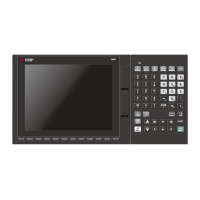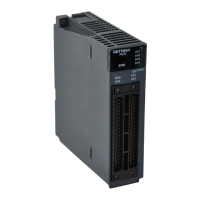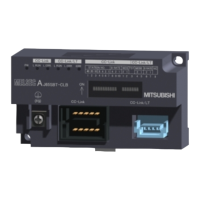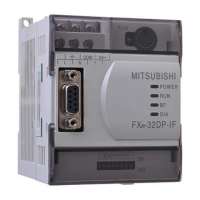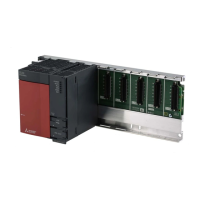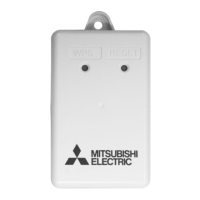M800S/M80/E80 Series Connection and Setup Manual
38 Appx.5: Restrictions for Lithium Batteries
593
IB-1501269-J
(6) Physical/chemical properties
(7) Stability and reactivity
(8) Toxicological information
As the chemical substance is stored in a sealed metal container, the battery has no harmfulness. Just for reference, the
table below describes the main substance of the battery.
< Lithium metal >
< Thionyl chloride >
< Aluminum chloride >
< Lithium chloride >
< Carbon black >
(9) Ecological information
(10) Caution for disposal
Dispose of the battery following local laws or regulations.
Pack the battery properly to prevent a short-circuit and avoid contact with water.
Appearance
Physical form Solid
Shape Cylinder type
Smell Odorless
pH Not applicable (insoluble)
Boiling point/Boiling
range, Melting point,
Decomposition
temperature, Flash point
No information
Stability Stable under normal handling condition.
Condition to avoid
Do not mix multiple batteries with their terminals uninsulated. This may cause a short-
circuit, resulting in heating, bursting or ignition.
Hazardous decomposition
products
Irritative or toxic gas is emitted in the case of fire.
Acute toxicity No information
Local effect Corrosive action in case of skin contact
Acute toxicity
Lc
50
: 500ppm (inhaled administration to rat)
Local effect The lungs can be damaged by chronic cough, dyspnea and asthma.
Acute toxicity
L
D50
: 3700ppm (oral administration to rat)
Local effect Not found.
Acute toxicity
L
D50
: 526ppm (oral administration to rat)
Local effect The central nerves and kidney can be influenced.
Acute toxicity
L
D50
: 2,000mg/kg > (rat)
Carcinogenicity LARC group 2 (suspected of being carcinogenic)
Mobility, Persistence/
Decomposability, Bio-
accumulation potential,
Ecological toxicity
Not found.

